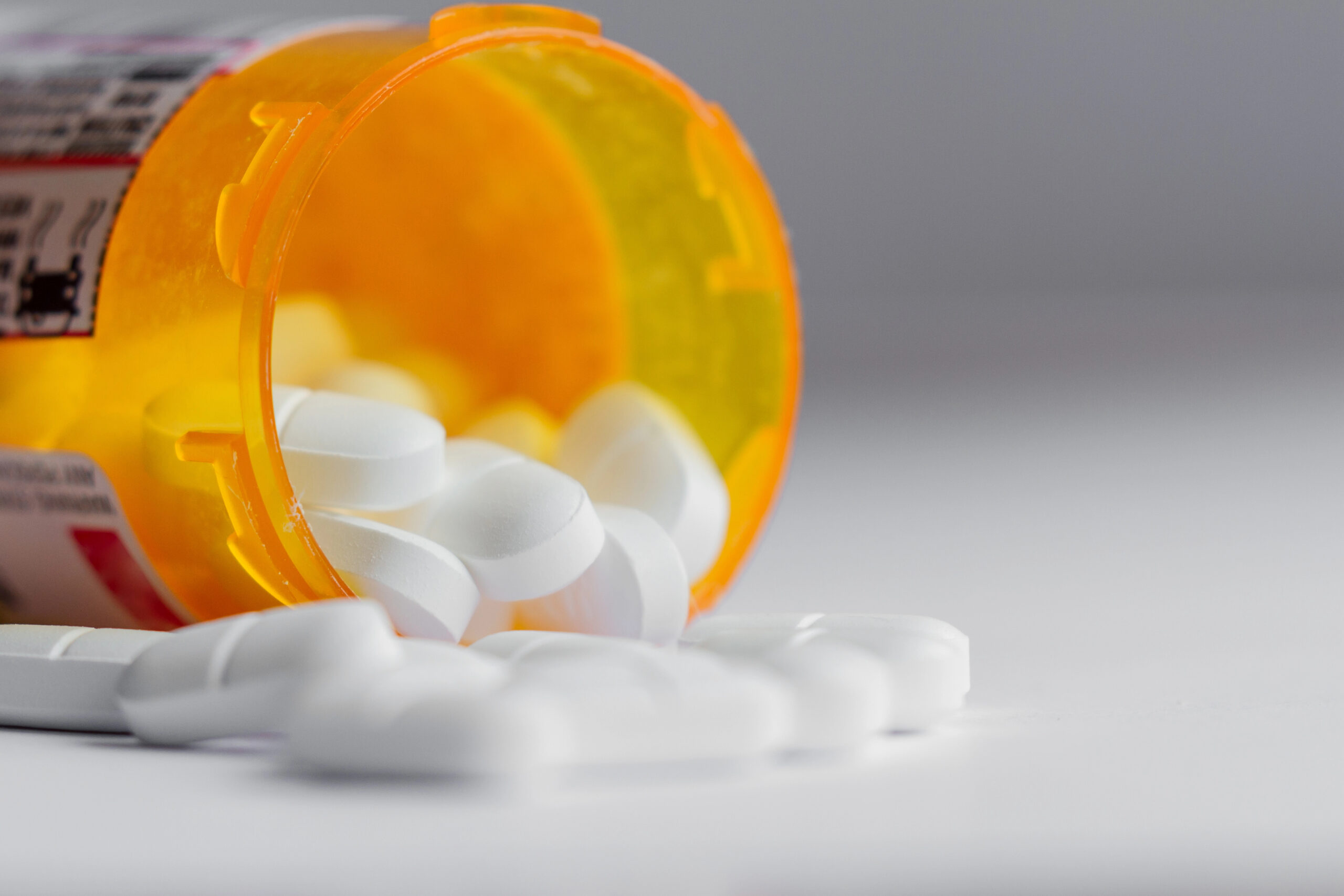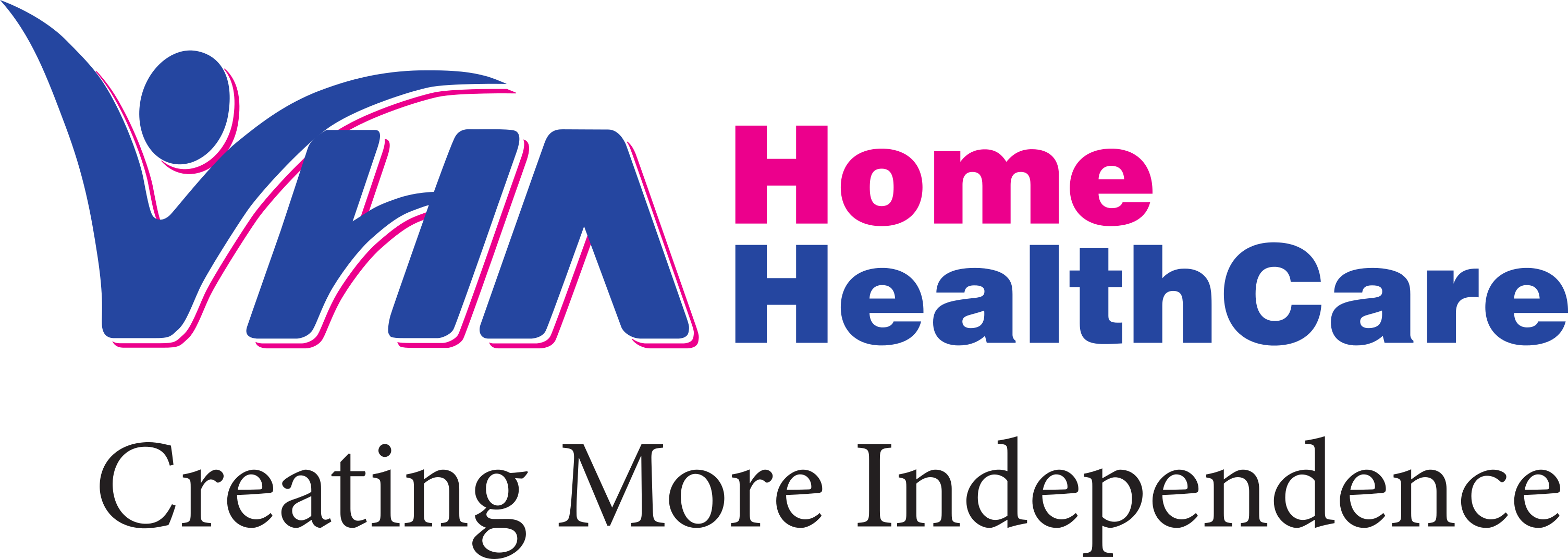Recognizing and Responding to an Opioid Overdose

Lethal overdoses can be caused by all types of prescription and illegal opioids, including oxycodone, codeine, morphine, fentanyl and heroin. In Canada, opioid use has reached a crisis level. Since 2016, there have been over 44,000 opioid-related deaths and 174,000 emergency room visits.
An opioid overdose is always a medical emergency and even as a bystander, learning how to recognize the signs and act quickly can save lives. This awareness is also important if a loved one or a person in your care is taking an opioid for pain management. Here’s more information on what opioids are, why they can be so dangerous and how to respond to a suspected overdose.
What are Opioids?
Opioids are a class of drugs that are legally prescribed to treat pain, but can also be produced and obtained illegally. They work by acting on receptors found in the brain and the nervous system to block pain signals and provide pain relief. Opioids also release large amounts of dopamine, a neurotransmitter related to pleasure and reward, which can create a sense of euphoria.
Opioids are made from the opium poppy plant or are synthesized in laboratories. A common synthetic opioid is fentanyl, which is 50 to 100 times stronger than morphine. It is a prescription drug used for patients in severe pain, mostly after surgery, but is also made illegally and sold as a street drug.
Why Are They Dangerous?
Taking too many opioids can lead to an overdose, which is also called opioid poisoning. Opioids affect the part of your brain that controls your breathing so if you take more than your body can process, your breathing can slow down or stop completely. Anyone taking an opioid is at risk of an overdose, even when it is prescribed by a medical professional.
The strength and type of opioids available illegally on the street are unknown and can vary which also increases the risk of overdose and death. Synthetic opioids like fentanyl can be particularly dangerous because they can be fatal in very small amounts and are often mixed with or disguised in illegal drugs such as heroin, cocaine, ecstasy and counterfeit prescription drugs including oxycodone.
What Are the Signs and Symptoms of Opioid Poisoning?
The most visible physical signs of an overdose include:
- Pupils in the eyes becoming very tiny
- Extreme drowsiness or unresponsiveness
- Slow, shallow or stopped breathing
- Choking or gurgling sounds
- Cold and damp skin
- Blue or grey skin, lips or nails
Visual cues including needles or pill bottles, can also point to an opioid poisoning.
What Do I Do if I Suspect an Overdose?
If you suspect an overdose, move quickly and take the following steps:
- Check for Responsiveness: Shout loudly and shake the person to see if they react. If there is no response, rub up and down their sternum (breastbone) with your knuckles for 5 to 10 seconds. If they do not respond to the sternal rub, this should be considered an emergency.
- Call 9-1-1: Give the responder as many details as possible including your exact location, whether the person’s breathing has slowed or stopped and if the individual is unresponsive.
- Administer Naloxone: Naloxone is a medication that can temporarily reverse an overdose until the person can receive medical care. If available, give a dose and monitor for changes. Move onto the next step, but if there isn’t any improvement after 2-5 minutes, administer another dose. Naloxone can’t hurt a person, even if they are not actually overdosing or have used a non-opioid drug.
- Initiate Rescue Breaths: If you are willing, mouth-to-mouth rescue breaths can prevent an overdose death or reduce the risk of a brain injury. If the person’s mouth is clear of obstructions, place the person on their back, tilt their head back to open the airway, open their mouth and pinch their nose. Put your mouth over theirs to form a seal and give them two breaths. You should see their chest rise with each breath. Continue to give one breath every five seconds or until first responders arrive. A mask to provide a protective barrier is available in take-home naloxone kits. Chest compressions are not as effective in an overdose, but are recommended—even without training—if you’re not comfortable with rescue breaths.
- Place in Recovery Position: If you have to take a break, or are unable to initiate rescue breaths, place the person on their side to keep their airway clear and prevent choking if they vomit.
- Stay Close: Remain with the person until emergency assistance arrives. Even if you have taken drugs or have drugs on you, Canada’s Good Samaritan Drug Overdose Act provides you with legal protection.
How Can I Reduce the Risk?
If you or a loved one have been prescribed an opioid for pain management, here are some important safety tips to follow:
- Take as Prescribed: Opioids in a dose other than what was prescribed can lead to an accidental overdose and death. Never adjust your dose based on your pain level or share pills with anyone else.
- Watch for Interactions: Opioids can be very dangerous if they are taken with alcohol and certain drugs like sleeping pills or muscle relaxers. Make sure your doctor is aware of all other medications being taken, including anything sold over-the-counter.
- Keep Secure: Store opioids in a safe and secure place out of reach of children, pets and anyone who may misuse them. Dispose of all unused opioids at a pharmacy.
- Get a Kit: If you or a loved one are using prescription opioids, have a take-home naloxone kit on hand. Medication errors and misuse can occur and naloxone can save a life. They are available for free at most pharmacies without a prescription and many community organizations also provide them.
While opioids can be very effective for pain management, they carry significant risks including overdose, dependence and addiction. Understanding what makes them dangerous, taking steps to reduce your risk and knowing what to do in case of an overdose are all critical.
If you are concerned about your own or a loved one’s opioid use, contact ConnexOntario. Call 1-866-531-2600, text CONNEX to 247247, email or live chat with a specialist for information about the mental health and addiction services available in your community. This helpline is not for crisis situations and you should always call 9-1-1 if you suspect an overdose.
Every year on August 31, International Overdose Awareness Day is recognized globally to remember those who have died due to an overdose, acknowledge the grief of the loved ones they left behind and spread awareness about drug overdose prevention.
If you found this article helpful, you may also want to read:
